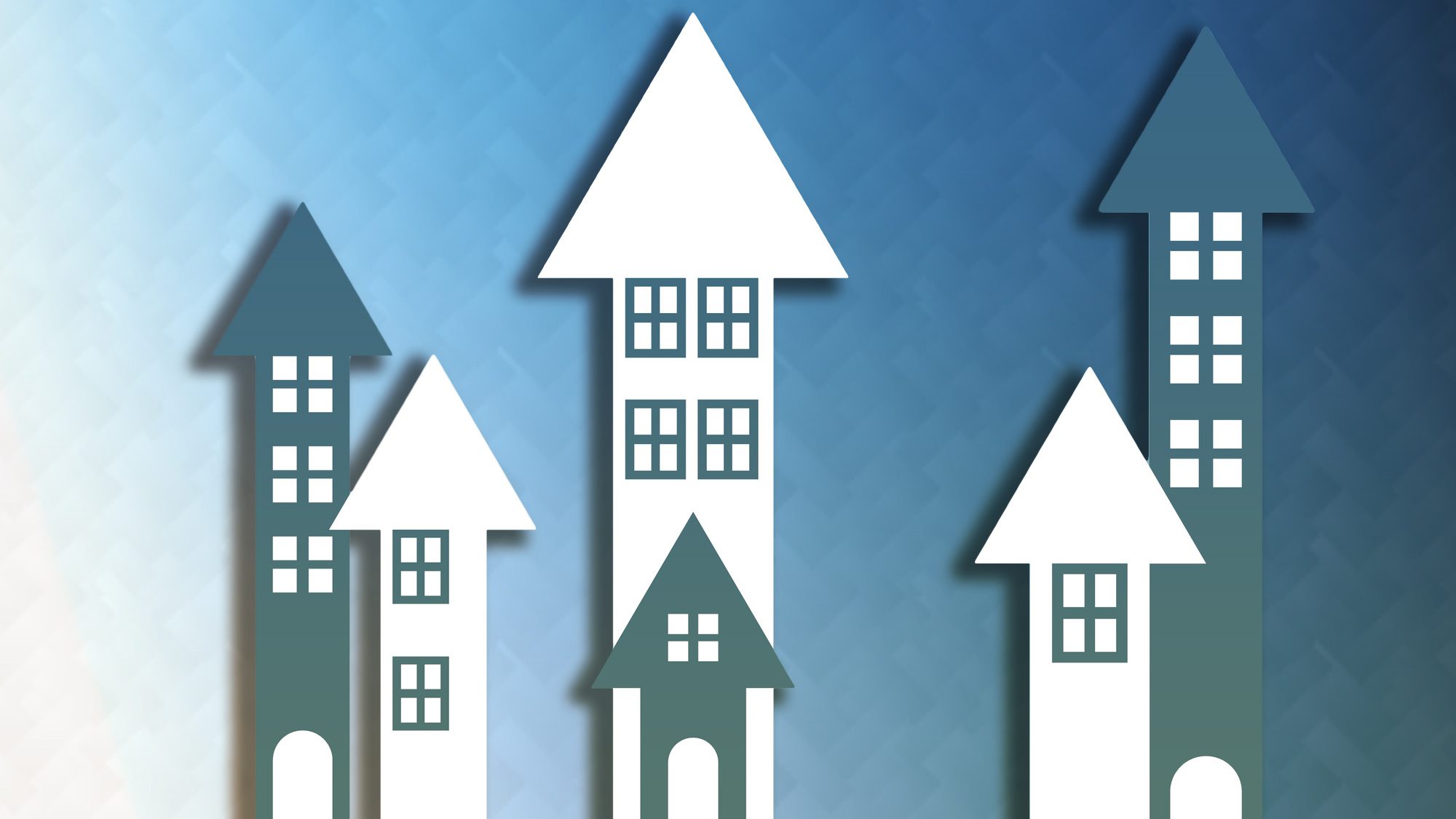
Ja_inter/iStock; realtor.com
For years, home prices have been climbing to record highs in much of the country. That has sidelined many aspiring homeowners and taken a toll on the budgets of those stretching to make it work. The reason? There simply aren’t enough homes to meet the demand, pushing prices up to the heavens.
One of the biggest culprits of the housing shortage is the severe shortfall in new construction. Builders simply aren’t putting up enough homes to come anywhere close to satisfying the hordes of buyers—a problem expected to get a little better this year even as more buyers enter the market, according to the National Association of Home Builders. But it still likely won’t be enough to meet demand.
“We’ve had multiple years of low housing production,” says Robert Dietz, chief economist of the NAHB. “That’s the reason we’ve got this housing deficit.”
Housing starts, which reflect the beginning of construction on a home, shot up 16.9% from November to December and 40.8% year over year in December, according to the most recent U.S. Census Bureau and U.S. Department of Housing and Urban Development seasonally adjusted data.
But folks should take that news with a grain of salt, says Dietz. He expects starts to increase by only 4% this year and then rise an additional 1% in 2021.
“It’s going to be a positive year,” says Dietz, who anticipates 920,000 single-family housing starts in 2020. But builders need at least 1 million starts to begin pulling the nation out of a housing shortage. “That’s still insufficient.”
How bad is the new-home shortage?
That increase in building should help ease (but not obliterate) the shortage of 3.84 million new homes the nation is facing, according to a realtor.com® analysis. Even with a ramped-up construction schedule, it would still take four to five years to build enough housing stock to meet buyer demand.
Blame the millennials! This huge generation has definitively entered into the age where they’re looking for homes in which to raise their families.
However, the numbers are discouraging. There were just 21,288 single-family housing starts per million people from 2010 through 2019—nearly half of what it was in the previous three decades, according to NAHB. Housing starts per million population topped 41,000 in the 1980s, 1990s, and 2000s.
Making matters worse, the population is practically exploding. There were an estimated 329 million U.S. residents as of Jan. 1, 2020—compared with almost 309 million in 2010 and 281 million in 2000, according to Census figures. That’s a nearly 17% population boom.
To put it into perspective, just 5.9 million single-family homes were constructed from 2012 through 2019, according to a realtor.com analysis. Yet there were 9.8 million new households formed over the same period.
About 93% of the multifamily development, which includes apartments, condominiums, and co-operatives, is rental housing, according to NAHB. Historically, it’s been much lower, at 80%.
That means fewer affordable units are hitting the for-sale market. (Condos are often less expensive than single-family homes.) However, many of the condos going up today are luxury units, well out of the budgets of most middle-class Americans.
Why builders aren’t putting up more homes
So why aren’t builders, well, building?
When the housing bubble popped just over a decade ago, no one was buying—especially new homes. Practically overnight, many builders were forced out of business and many construction workers suddenly found themselves out of work. Many of those companies and workers never came back to the industry.
There were still about 311,000 construction labor positions open in October, according to NAHB. And that labor shortage is making it more expensive and difficult for the remaining builders to ramp up construction.
“There’s a big shortage because young people just don’t want those jobs,” says realtor.com’s director of economic research, Javier Vivas.
In addition, there’s a lot less land available in desirable areas. What’s there is more expensive and builders have to jump through a lot of hoops with local regulators and zoning boards to get permission to build. This is often a lengthy and pricey process, which also hinders construction.
Plus, it’s become a lot harder for builders to get financing for large projects. And then there are rising material costs and shortages, which also make it harder and costlier to put up new homes.
All of those factors lead to fewer homes going up—and longer construction times and more expensive finished abodes.
The median price of a newly constructed home was $330,800 as of November 2019, according to the most recent Census and HUD data. That’s nearly 21% more than existing homes, which have previously been lived in.
“We need home builders to step it up and build at least twice the pace they have been,” Vivas says. “It has to get better, because builders now see how fast orders come in for what they build.”
The post This Is the Reason Home Prices Are So High—and Why They’re Likely to Stay That Way appeared first on Real Estate News & Insights | realtor.com®.
source https://www.realtor.com/news/trends/why-home-prices-are-so-high-blame-this-startling-statistic/
No comments:
Post a Comment